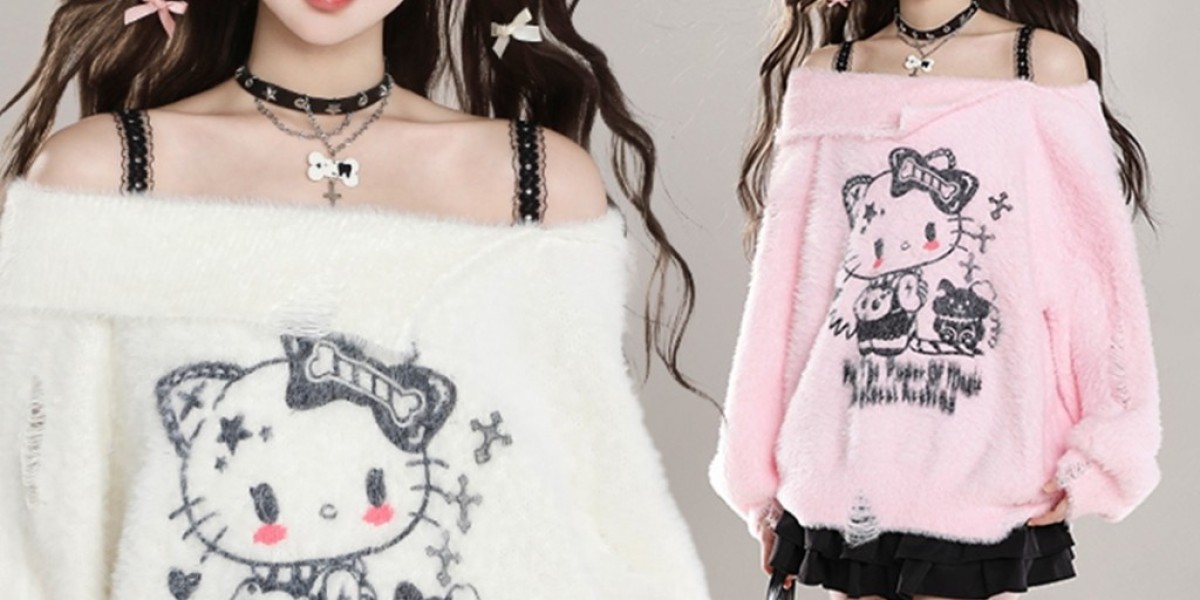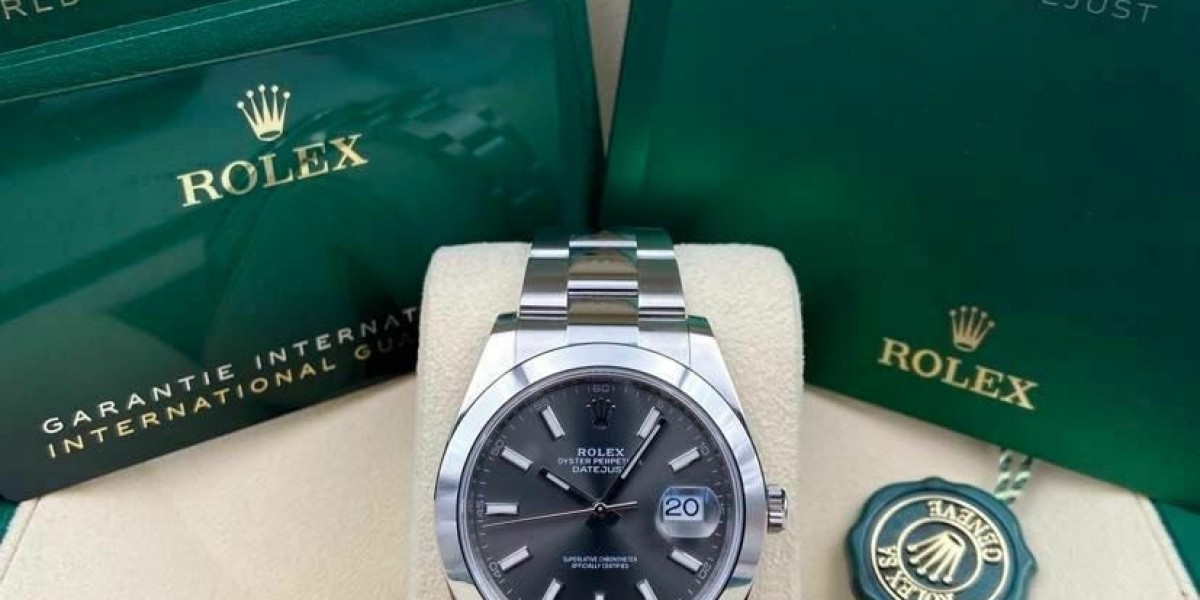Introduction
Lately, the kawaii aesthetic has turn out to be more and more common in style and culture. Originating from Japan, kawaii is a cultural phenomenon that celebrates all issues cute, charming, and adorable. This aesthetic has made its manner into clothing, with kawaii outfits characterized by pastel colours, fluffy fabrics, and whimsical designs. In this text, we'll discover the science behind kawaii aesthetic outfits and why they hold such enchantment to people of all ages.
The Psychology of Cute
The attraction of kawaii outfits lies of their capability to evoke emotions of warmth, happiness, and consolation. In response to psychologists, the concept of cuteness triggers a constructive emotional response in people, known because the "cuteness response." After we see something cute, our mind releases dopamine, the texture-good neurotransmitter that promotes feelings of pleasure and satisfaction. For this reason kawaii outfits, with their delicate textures and playful designs, can deliver a way of joy and contentment to those that wear them.
Furthermore, analysis has proven that exposure to cute photos can improve cognitive performance and enhance consideration to element. This is understood as the "cuteness effect," the place viewing cute stimuli improves focus, memory, and problem-solving skills. Due to this fact, sporting kawaii outfits may not solely make you feel good but in addition boost your psychological acuity and productivity.
The Role of Shade and Sample
One among the key parts of kawaii aesthetic outfits is their use of pastel colours and playful patterns. Pastel hues, resembling smooth pink, mint green, and baby blue, are commonly related to innocence, youthfulness, and tranquility. These colours have a calming effect on the mind and are often used in inside design to create a sense of peacefulness and serenity. When included into clothing, pastel colours can convey a way of whimsy and sweetness, including to the general charm of kawaii outfits.
In addition to shade, patterns play an important role in defining the kawaii aesthetic. Polka dots, stripes, florals, and animal prints are commonly present in kawaii clothing, giving them a fun and quirky appeal. These patterns evoke emotions of nostalgia and playfulness, reminding us of childhood and carefree days. By combining pastel colors with whimsical patterns, kawaii outfits create a visual feast for the eyes that is both delightful and enchanting.
The Affect of Culture
The kawaii aesthetic is deeply rooted in Japanese tradition, the place cuteness is celebrated and embraced. In Japan, kawaii extends past vogue to encompass a way of life, the place being cute and charming is taken into account a desirable trait. This cultural emphasis on cuteness has shaped the way in which individuals gown, talk, and interact with each other.
In Western societies, kawaii has gained reputation as a subculture that appeals to people seeking a sense of innocence and playfulness in an increasingly chaotic world. Kawaii outfits offer a approach to escape the pressures of adulthood and recapture the magic of childhood, allowing individuals to express themselves freely and authentically. By embracing the kawaii aesthetic, individuals can tap into their sense of marvel and imagination, fostering a larger connection to their inside youngster.
Conclusion
In conclusion, the kawaii aesthetic holds a special place on the earth of fashion and tradition, providing a whimsical and enchanting different to traditional clothes types. Via the usage of pastel colors, playful patterns, and cute designs, kawaii outfits tap into our innate need for warmth, happiness, and comfort, creating a sense of joy and contentment for those who wear them. By understanding the science behind kawaii aesthetic outfits, we are able to respect the transformative power of cuteness and its skill to reinforce our mood, cognition, and overall well-being. So why not embrace your interior kawaii and take pleasure in a bit of cute vogue right now?








